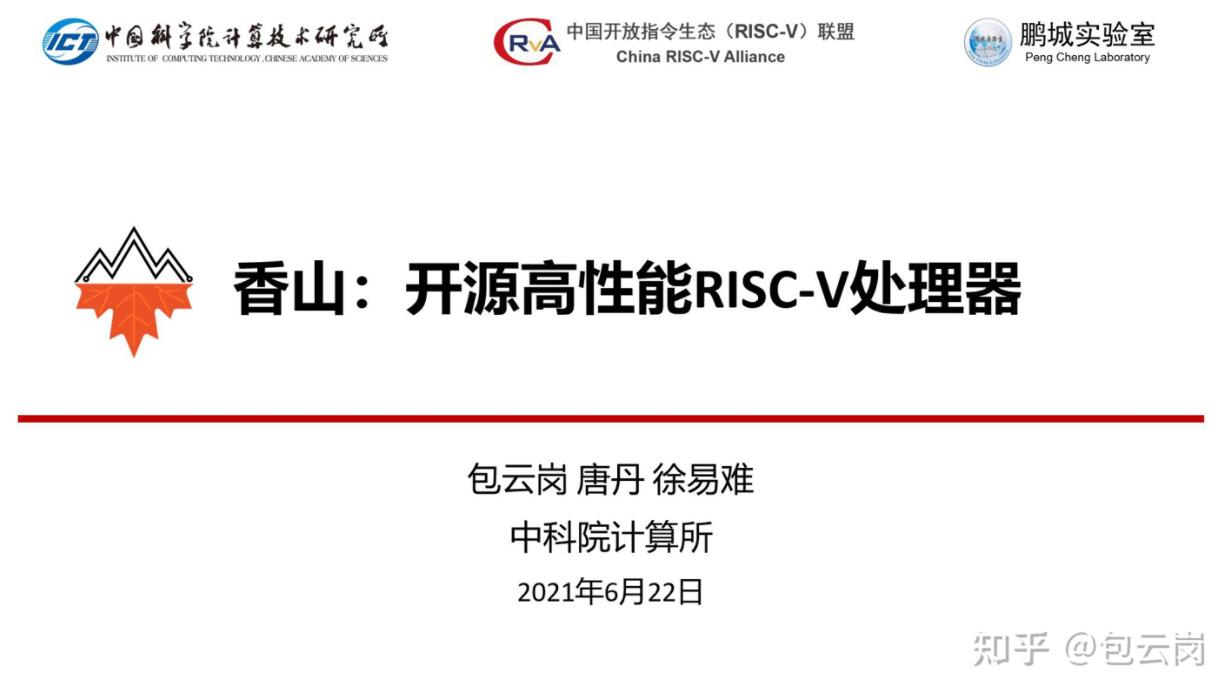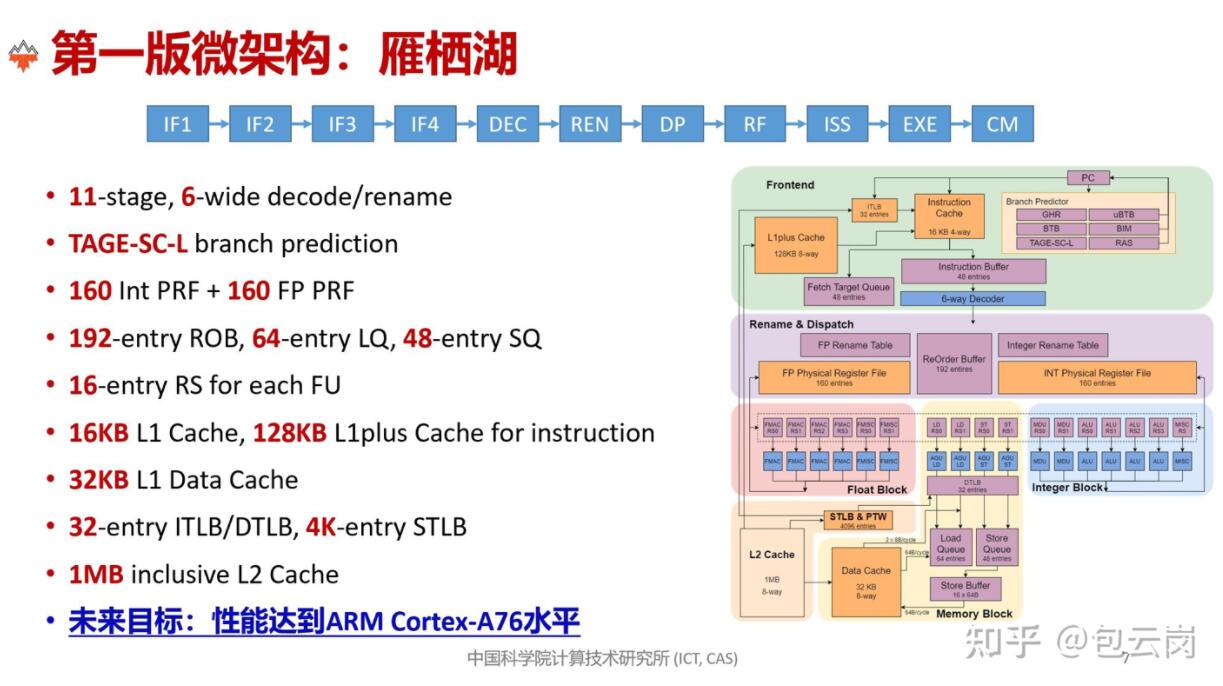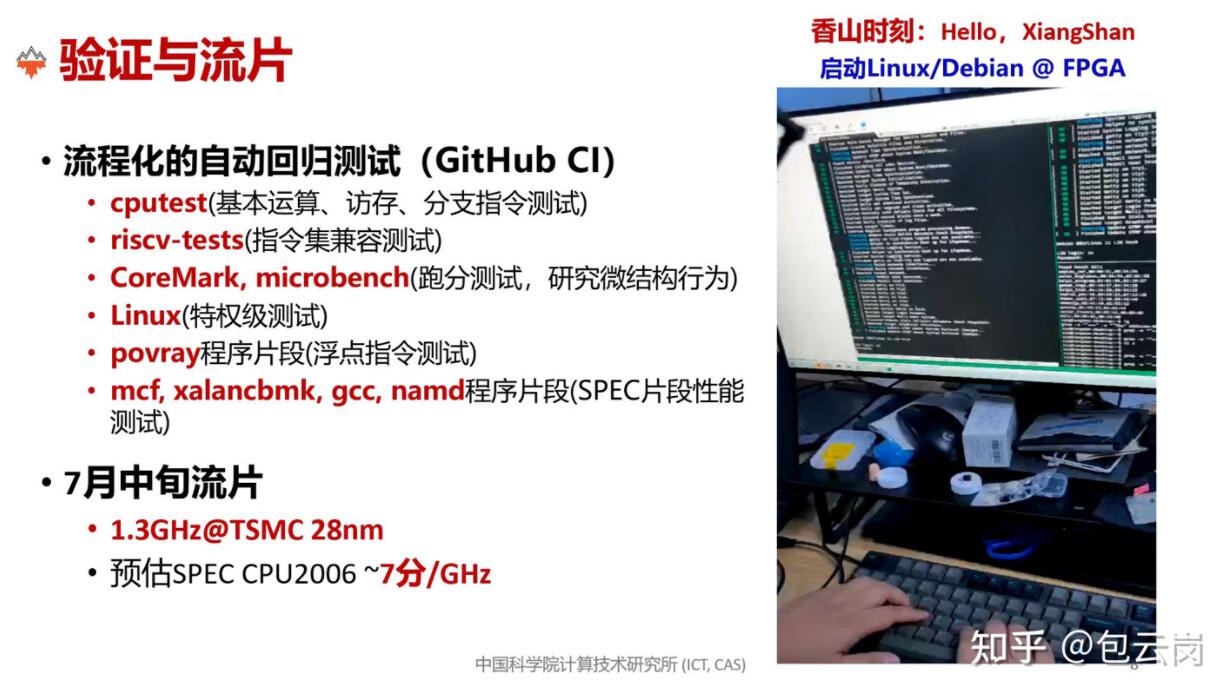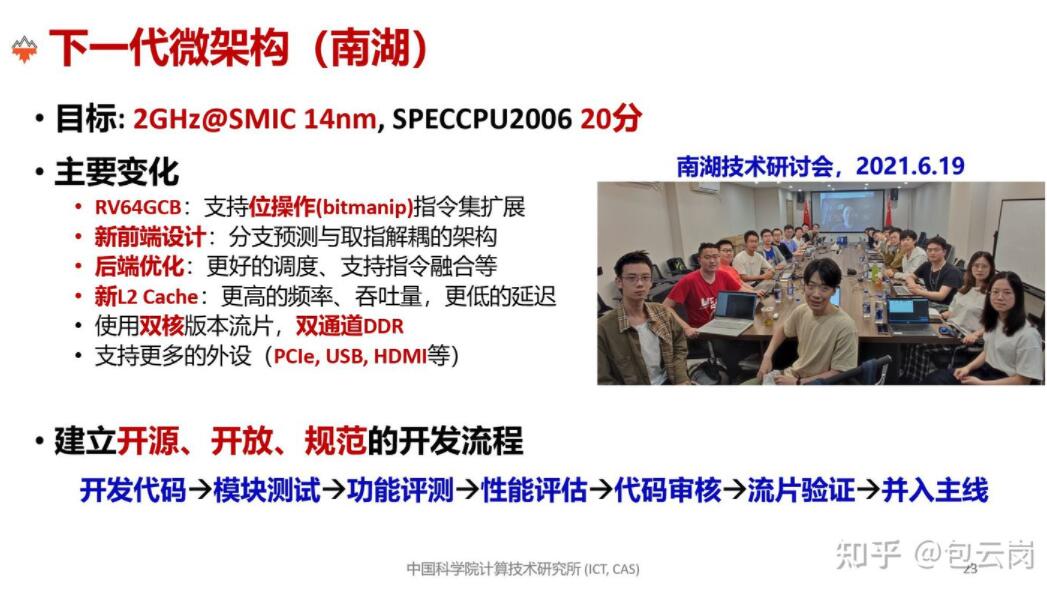@krautmeister bro from Tom's Hardware, validating your analyst.
Chinese to ramp up HVM using 12nm and 14nm technologies in coming years.

(Image credit: SMIC)
Chinese chipmakers and chip designers at present are focused primarily on mature high-volume process technologies in a bid to support local makers of automobiles, consumer electronics, smartphones, and Internet-of-Things. Yet the country officials believe that next year local makers of semiconductors will begin to ramp up fabrication of chips using 14 nm and more advanced nodes.
China has been developing its semiconductor manufacturing prowess for over two decades now. So far, companies like Semiconductor Manufacturing International Corp. (SMIC) and Hua Hong Semiconductor have become rather significant chipmakers, but only when it comes to planar process technologies (e.g., 28 nm and thicker). SMIC, China's most advanced contract maker of semiconductors, gets a revenue share from producing chips using its 14 nm FinFET fabrication process, yet the situation is slowly improving (according to SMIC) as more local (and multi-national) chip designers adopt the node.
"[Planar] capacity will continue to be fully loaded till the end of the year, and new capacity will mainly form in the second half of this year," a statement by Dr. Haijun Zhao and Dr. Liang Mong Song, Co-CEOs of SMIC, . "In the first quarter FinFET revenue grew sequentially from a trough, and new tape-out projects are steadily engaging."
There are thousands of chip designers in China that are eager to adopt FinFET process technologies for their products developed for 5G and AI applications, so it makes a perfect sense for government officials to expect demand for SMIC's 14 nm technology to pick up in the coming quarters.
Wen Xiaojun, director of the Electronic Information Research Institute of China Electronics Information Industry Development Institute, said in an interview with (via ) that domestic 14 nm chips would be produced in high volume by the end of next year despite all the difficulties and hurdles.
"I agree with the industry's prejudgment," said Xiaojun. "Although we are facing technical difficulties, we have seen hope."
The high-ranking official believes that 14 nm and 12 nm nodes will be crucial for numerous applications, including system-on-chips (SoCs) for entry-level 5G handsets and even PC processors. Hence, if China wants to continue relying on domestic SoCs going forward, it will have to use 14 nm and 12 nm technologies and then . Meanwhile, since development of more sophisticated nodes and equipping a high-volume fab for 10 nm and thinner technologies is close to impossible for SMIC, the company will have to rely on more advanced packaging methods at some point rather than on just more advanced transistors.
"The rapid development of the localization of 14 nm and even 28 nm chips means that we adopt a return strategy and use mature technology to meet general chip needs," said Xiaojun."We do not blindly pursue high-level manufacturing processes. We pay more attention to design and packaging optimization, and we trade time for semiconductor applications and the entire industry chain."
In a bid to make sure that SMIC's management and employees were interested in the company's long-term growth (rather than on making short-term gains) enabled by R&D and innovations, its board of directors recently introduced a new way to motivate them.
"SMIC's proposed restricted share incentive scheme applies not only to key management but also 23% of total workforce, to align their interests with the group's," Szeho Ng, an analyst with , wrote in a recent update concerning SMIC. "The vesting schedule spans four years in four tranches and the final vesting percentage is tied to sales/EBITDA targets (equal weight). SMIC considered its Entity List status when coming up with the targets, according to the company, which do not look aggressive (in normal circumstances). We consider the RSU scheme was tailored to avoid a lopsided focus on short-term sales growth/profitability and is more balanced towards fundamental research/strategy development for longer-term success."
China to Ramp Up High-Volume Production Using 14nm Node by End of 2022
By about 17 hours agoChinese to ramp up HVM using 12nm and 14nm technologies in coming years.

(Image credit: SMIC)
Chinese chipmakers and chip designers at present are focused primarily on mature high-volume process technologies in a bid to support local makers of automobiles, consumer electronics, smartphones, and Internet-of-Things. Yet the country officials believe that next year local makers of semiconductors will begin to ramp up fabrication of chips using 14 nm and more advanced nodes.
China has been developing its semiconductor manufacturing prowess for over two decades now. So far, companies like Semiconductor Manufacturing International Corp. (SMIC) and Hua Hong Semiconductor have become rather significant chipmakers, but only when it comes to planar process technologies (e.g., 28 nm and thicker). SMIC, China's most advanced contract maker of semiconductors, gets a revenue share from producing chips using its 14 nm FinFET fabrication process, yet the situation is slowly improving (according to SMIC) as more local (and multi-national) chip designers adopt the node.
"[Planar] capacity will continue to be fully loaded till the end of the year, and new capacity will mainly form in the second half of this year," a statement by Dr. Haijun Zhao and Dr. Liang Mong Song, Co-CEOs of SMIC, . "In the first quarter FinFET revenue grew sequentially from a trough, and new tape-out projects are steadily engaging."
There are thousands of chip designers in China that are eager to adopt FinFET process technologies for their products developed for 5G and AI applications, so it makes a perfect sense for government officials to expect demand for SMIC's 14 nm technology to pick up in the coming quarters.
Wen Xiaojun, director of the Electronic Information Research Institute of China Electronics Information Industry Development Institute, said in an interview with (via ) that domestic 14 nm chips would be produced in high volume by the end of next year despite all the difficulties and hurdles.
"I agree with the industry's prejudgment," said Xiaojun. "Although we are facing technical difficulties, we have seen hope."
The high-ranking official believes that 14 nm and 12 nm nodes will be crucial for numerous applications, including system-on-chips (SoCs) for entry-level 5G handsets and even PC processors. Hence, if China wants to continue relying on domestic SoCs going forward, it will have to use 14 nm and 12 nm technologies and then . Meanwhile, since development of more sophisticated nodes and equipping a high-volume fab for 10 nm and thinner technologies is close to impossible for SMIC, the company will have to rely on more advanced packaging methods at some point rather than on just more advanced transistors.
"The rapid development of the localization of 14 nm and even 28 nm chips means that we adopt a return strategy and use mature technology to meet general chip needs," said Xiaojun."We do not blindly pursue high-level manufacturing processes. We pay more attention to design and packaging optimization, and we trade time for semiconductor applications and the entire industry chain."
In a bid to make sure that SMIC's management and employees were interested in the company's long-term growth (rather than on making short-term gains) enabled by R&D and innovations, its board of directors recently introduced a new way to motivate them.
"SMIC's proposed restricted share incentive scheme applies not only to key management but also 23% of total workforce, to align their interests with the group's," Szeho Ng, an analyst with , wrote in a recent update concerning SMIC. "The vesting schedule spans four years in four tranches and the final vesting percentage is tied to sales/EBITDA targets (equal weight). SMIC considered its Entity List status when coming up with the targets, according to the company, which do not look aggressive (in normal circumstances). We consider the RSU scheme was tailored to avoid a lopsided focus on short-term sales growth/profitability and is more balanced towards fundamental research/strategy development for longer-term success."




